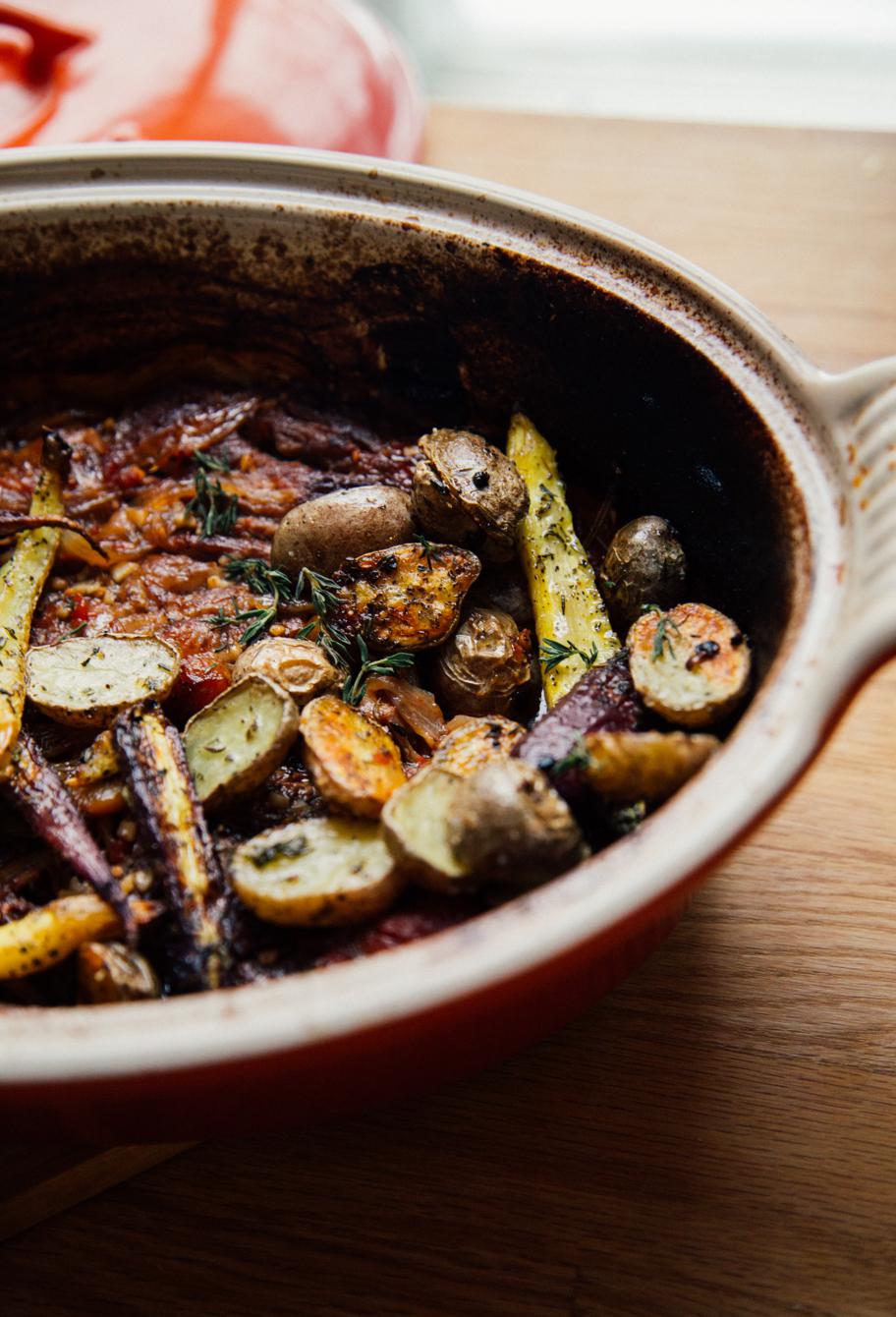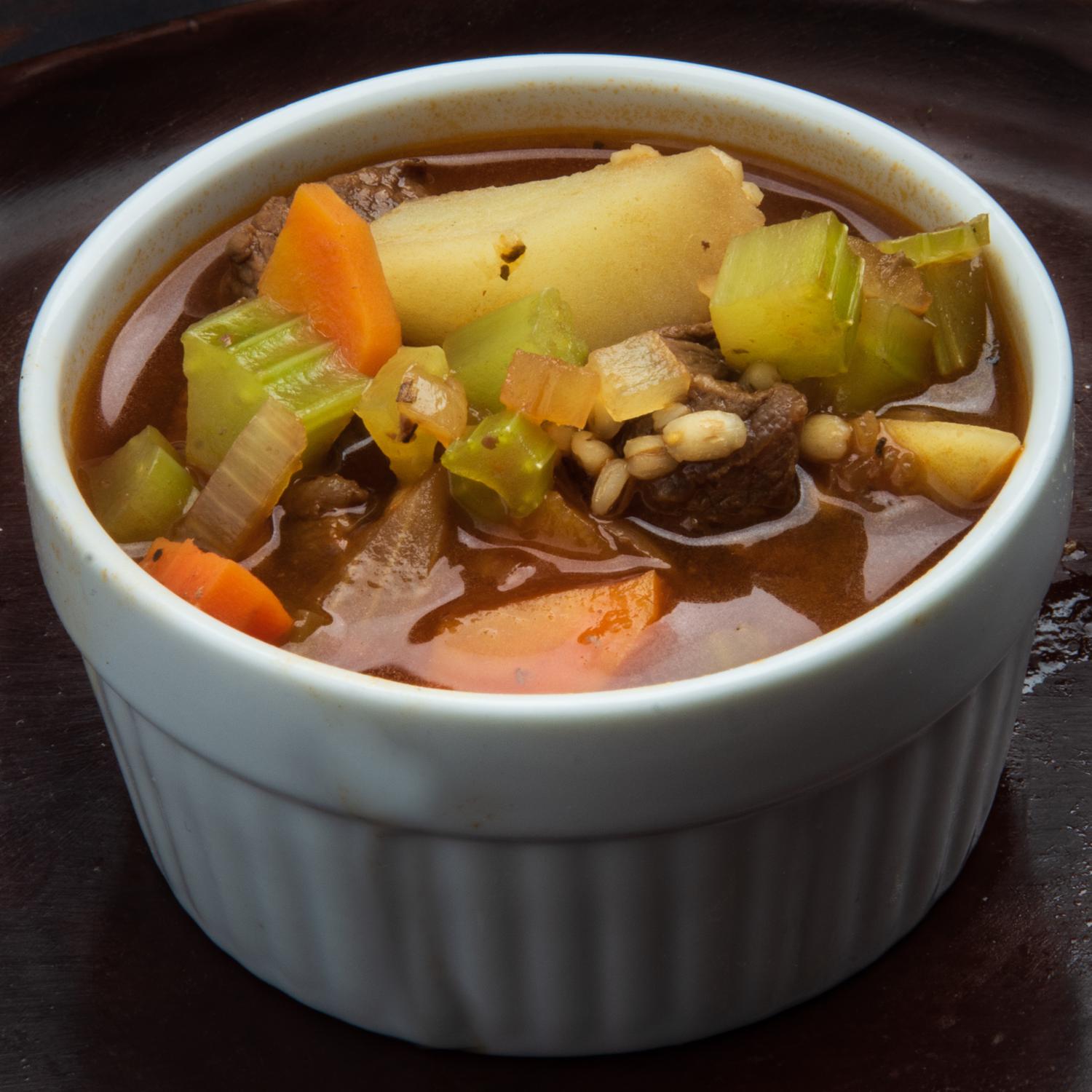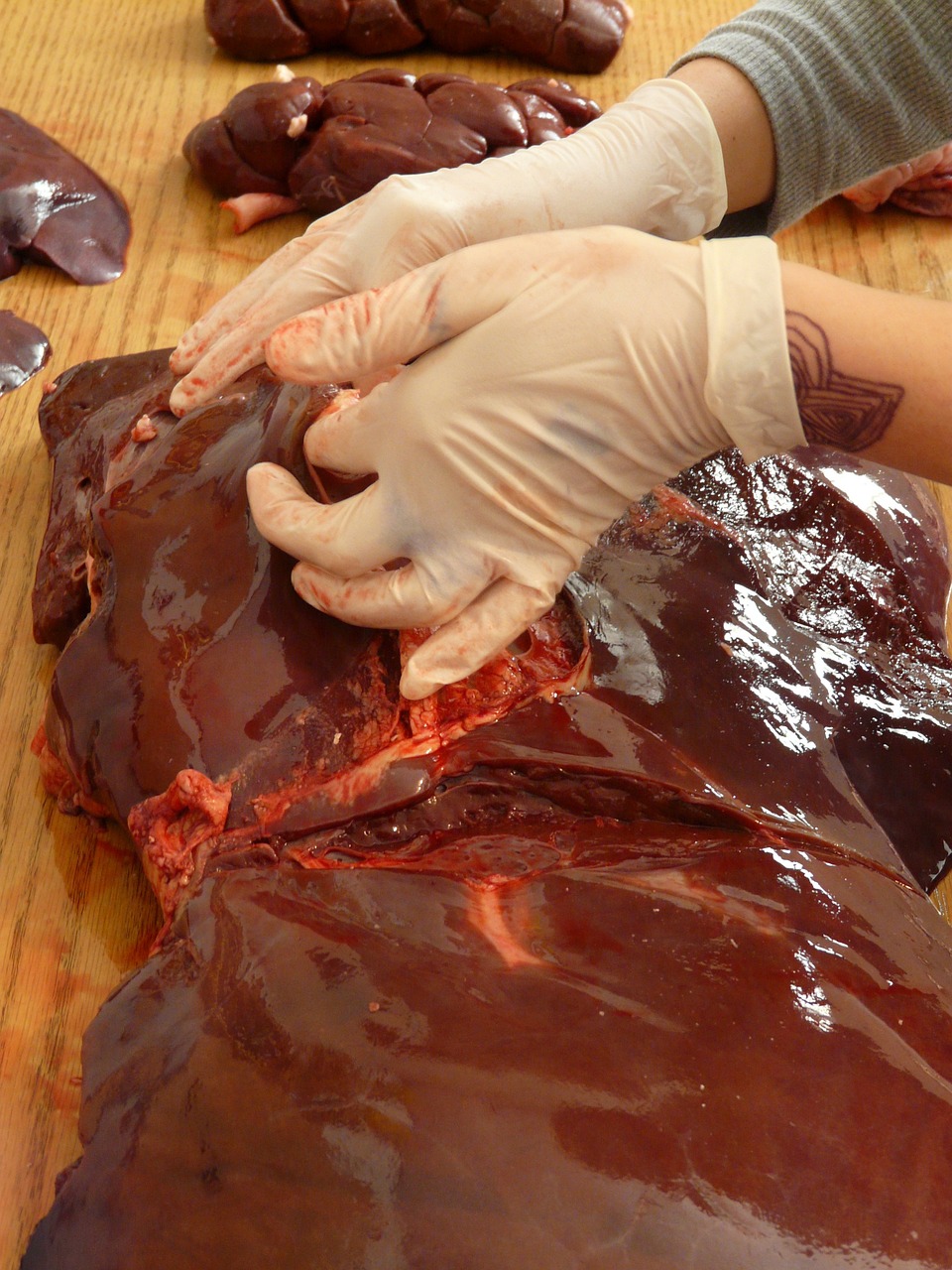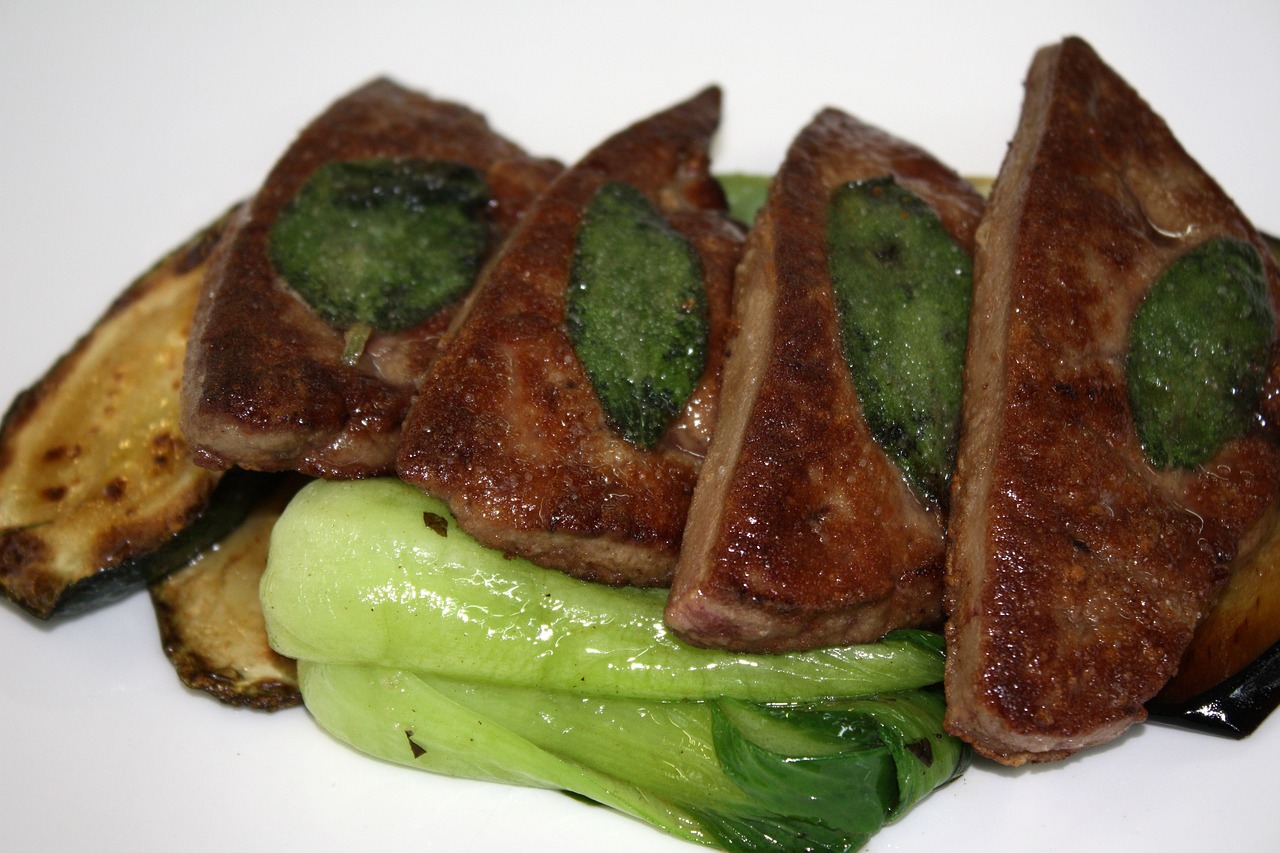Summary. For those interested in expanding their taste horizons, organ meats can be the perfect place to start. They are tasty, nutritious, and can be found in many different forms, such as pork liver, beef heart, and beef kidney. Not only are organ meats packed with protein and vitamins, but they are also full of minerals and other beneficial nutrients. Plus, they provide a unique flavor and texture that can be enjoyed with a variety of meals. With all these benefits, it’s no wonder why organ meats are becoming increasingly popular.
Organ meats—often referred to as offal—have been a staple for traditional diets for hundreds of years. They are typically thought of as a nutrient-dense, high-quality food, and they can come from both land and sea animals. As an addition to a healthy diet, organ meats are a great source of essential minerals, vitamins, proteins, and other important nutrients. So, what are the best organ meats for beginners? Are you curious about organ meats, but aren’t sure where to start?
Chicken livers and hearts are generally considered some of the best organ meats for beginners. Chicken livers are especially high in iron, zinc, vitamins A and B12, and they have a mild taste and relatively smooth texture. Chicken hearts are also a great pick – they’re a decent source of vitamin B12, zinc, and iron, and they make for a great addition to a variety of recipes. Are you considering adding organ meats into your diet, but want to start with something easier?
Oxtail is not as nutrient dense as some other organ meats, however it has a unique flavor that pairs well with a variety of spices and it’s often used in soups and stews for added richness. Are you ready to give organ meats a try, but need some guidance on how to prepare them? Let us know in the comments below, we’d love to hear your thoughts!
What Are Organ Meats and Why Should You Eat Them?

Organ meats, also known as offal, are meats derived from the internal organs of an animal. Organ meats are nutrient-rich, rich in B vitamins and minerals like zinc and iron, and are an important part of many cultures’ diets. For beginners, some of the best organ meats to try are lamb liver, chicken liver, beef heart, and duck liver. Lamb liver is a nutrient-dense organ meat that is high in potassium, phosphorus, and iron. Chicken liver can provide your body with vitamin A and B vitamins like folate and vitamins B6 and B1
Beef heart is a lean, nutrient-dense organ meat that is high in B vitamins, vitamin B12, and minerals like copper, zinc, and manganese. Duck liver not only provides you with vitamins A, D, and E, but it has a slightly earthy taste that is enjoyable to many. When eating organ meat, be sure to cook it correctly. Organ meat should always be cooked thoroughly to avoid food-borne illnesses.
Once cooked, organ meats can be sliced and added to soups, stews, omelets, and stir-fries. You can also use organ meats to make popular dishes like livermush or liverwurst. If you’re looking to add more nutrient-rich foods to your diet, organ meats are a great option. Not only do they provide your body with an array of essential vitamins and minerals, but they also have a unique, flavorful taste that is enjoyed by many. Try one of the best organ meats for beginners and see how you like it!
Benefits of Eating Organ Meats

Organ meats, or offal, have earned a reputation for being a nutritious and delicious treat for those who are brave enough to try them. Though some people may think that these organ meats are intimidating or unappetizing, the truth is they can offer some amazing health benefits.
Not only are organ meats packed with nutrients, they can also provide some interesting flavors and textures that can be hard to find in other types of food. So, what are the best organ meats for beginners? Liver is probably the most popular organ meat for beginners, and for good reason. Not only is liver an impressive source of key vitamins and minerals, it also contains a high concentration of iron, which can help reduce fatigue and weakness.
Tripe is another organ meat that’s growing in popularity. The most common type of tripe is honeycomb tripe, which is made from the second and third stomachs of cows. Tripe is a great source of vitamins B and B12, as well as calcium and phosphorus. Not only is it tasty when braised with vegetables, it also contains essential fatty acids which can help you feel full longer. Sweetbreads are a less-familiar organ meat, but they’re definitely worth trying.
Unlike a lot of organ meats, sweetbreads are mild and light in flavor. They have a unique texture that could be compared to skewered Soft Shell Crab or Panko-crusted Scallops. Sweetbreads are especially high in vitamin B12, as well as being excellent sources of phosphorous, iron, and zinc.
Organ meats can also be a great way to add variety to your diet, while also offering a hefty dose of nutrition. Though many people may think they need to be brave to try organ meats, they can actually be surprisingly delicious and nutritious. So if you’re looking to up your nutrition game, why not give some organ meats a shot?
The Best Organ Meats to Try as a Beginner
When it comes to exploring organ meats, it can be a bit intimidating to the novice eater. It may feel like a big culinary leap to go from enjoying a juicy steak to trying something like liver. But there’s nothing to fear! Organ meats can be surprisingly delicious and can offer up a variety of unique flavors. Plus, they’re nutritionally beneficial, since they are rich in iron, zinc, and B-vitamins. So, if you want to dip your toes in the world of organ meats, here are some of the best organ meats for beginners:
Liver is one of the most popular organ meats to start with. It’s versatile and easy to prepare, and it has a mild, slightly sweet flavor. Just be sure to get it from a trusted source that humanely raises animals; it will make a huge difference in the flavor and texture.
If you’re looking for something a bit more flavorful, you might want to try sweetbreads. These are the thymus glands of a young animal (usually cow or lamb). They have a rich, creamy flavor, similar to that of escargot or butter. Sweetbreads are usually pan-fried, but they can also be grilled or poached in a light broth.
For a unique flavor and a more adventurous eating experience, you could try heart. Not only is it an excellent source of protein, but it has a distinctive taste and texture. Depending on the type of animal, it can have a mildly gamey taste, or it can be quite mild.
Tongue is another popular organ meat that offers a slightly gamey flavor and a surprisingly tender texture. You can find beef tongue in many grocery stores or butcher shops, and it’s surprisingly simple to prepare. Finally, if you’re feeling adventurous, you could try some tripe. This is the lining of the stomach from certain animals (usually cow or sheep).
It tastes slightly grassy and has a pleasantly chewy texture. Tripe is usually slow-cooked and served in a flavorful broth. So, no matter what your experience level is, there are plenty of delicious organ meats to explore! From liver to tongue, these organ meats can offer a unique and flavorful experience, and with the right preparation techniques, they can make excellent additions to any meal.
Nutritional Breakdown of the Top Organ Meats
Organ meats, or offal, are some of the most nutritious and healthiest foods that you can add to your diet. Although they are not the most popular foods in the world, they are highly valued in a variety of cultures due to their incredible nutritional benefits. The organ meats that are most commonly eaten include liver, kidney, brains, heart, and intestines. Each of these organs has unique vitamins and minerals that can contribute to overall health and wellness.
If you’re a beginner to offal and want to learn what organ meats are good for you and how to consume them, this article will provide you with all the necessary information. Liver is one of the most nutritious and easily digested organ meats. It is high in vitamin A, B vitamins, folic acid, iron, phosphorus, zinc, copper, and selenium. Liver also contains high amounts of choline, an essential nutrient involved in neurological functions.
Traditionally, liver can be cooked in a variety of ways—pan-fried, simmered in a broth, baked, or sautéed—with onions and other vegetables. Kidneys are a great source of protein and contain important vitamins and minerals like iron, selenium, copper, phosphorous, and vitamin B1 They are also a great source of vitamin A, folic acid, and zinc.
Kidneys are usually cooked in a stew or a soup but can also be broiled or grilled. Brains are a nutritious, fatty organ meat, containing protein, omega-3 fatty acids, vitamin B12, iron, zinc, and folate. Brains are most commonly boiled and served with onions and spices, but can also be deep-fried. Heart is among the densest sources of nutrients including vitamin B12, Coenzyme Q10, selenium, iron, phosphorous, zinc, and magnesium.
Heart can be cooked in a variety of ways, but most commonly is roasted or boiled. Intestines are high in vitamin B12, iron, zinc, selenium, and copper. Intestines are usually boiled or steamed, and can be served with vegetables or spices. If you’re a beginner to offal, start off with liver, since it is the most nutritious and easiest to digest. As you become more comfortable with eating it, you can experiment with other organ meats and incorporate them into your diet. Offal is an incredibly nutritious food that can benefit your health in a variety of ways.
Cooking Tips for Perfectly Preparing Organ Meats
Cooking organ meats can be a daunting task, especially if you’re a beginner. While these tasty meats can add a great depth of flavor and nutrition to your dishes, they also require a certain level of culinary finesse to be cooked perfectly. To help you get started, we’ve put together some tips for preparing organ meats that will ensure your dishes are always delicious.
When it comes to choosing the right organ meats for your dishes, there are some cuts that are more beginner-friendly than others. Beef liver, for example, is a great option for first-timers, as its mild texture and flavor make it easy to work with. If you’re feeling brave, then try chicken or duck giblets, which have a bit more of a poultry flavor but can still be cooked with ease.
Once you’ve chosen your organ meats, then it’s time to get cooking. The key to perfect organ meat dishes is to ensure that you don’t overcook them. As with most cuts of meat, organ meats should be cooked quickly over a high heat so that the outside is just seared and the inside stays juicy.
It’s also important to season the meats properly, as organ meats can quickly turn rubbery if not seasoned properly. Organ meats should also be cooked in a sauce or marinade to add flavor and help prevent them from drying out.
You can also use white wines, citrus juices, and vinegars to create a flavorful marinade that complements the naturally earthy flavor of organ meats. By following these tips, you can be sure that your organ meats will be cooked perfectly every time. Remember, the key is to be patient and take your time cooking the meats so that you can get the most out of them. With a bit of practice and the right ingredients, you can easily master the art of cooking organ meats and turn them into a tasty and nutritious addition to any meal.
Recipe Ideas to Get You Excited About Organ Meats

Organ meats, or offal, are a great way to get a nutrient-rich, flavorful meal. Whether you are a beginner looking to try out organ meats for the first time, or an experienced gourmand looking for unique dishes, there are plenty of delicious recipes that highlight the flavor of offal. From beef liver pâté to beef heart tacos, there are plenty of recipes to choose from. Beef liver is a great way to introduce yourself to the world of offal.
This delicacy can be cooked in a variety of ways, from liver pâté to liver and onions. For an easy-to-make and delicious option, try making a beef liver pâté. Start by simmering a pound of sliced beef liver in two cups of chicken broth. Once cooked, set aside and whisk together two tablespoons of butter, two cups of sour cream, two tablespoons of minced garlic, and a tablespoon of fresh thyme. Add this mixture to the cooked liver, and puree in a food processor until you achieve a creamy texture.
For those looking to add some offal to their tacos, beef heart is a great option. Start by cubing a pound of trimmed beef heart and marinating it in four tablespoons of oil, two tablespoons of lemon juice, two cloves of minced garlic, one teaspoon of cumin and a pinch of salt and pepper for an hour. Then, cook the marinated heart cubes in a skillet over medium-high heat. Serve with tomatoes, onion, cilantro, cheese, lettuce, or whatever your favorite taco fixings are.
Kidney can be cooked in a variety of ways and is creamy in texture. Try making a simple kidney stew by browning two pounds of beef kidneys in a skillet with two tablespoons of oil. Add one chopped onion, two cloves of minced garlic, and a tablespoon of tomato paste, and sauté until the onions are softened. Next, add three cups of beef broth, a tablespoon of Worcestershire sauce, and half a teaspoon of dried thyme.
Don’t forget to garnish with chopped parsley. Organ meats can also be incorporated into soups for a delicious and filling meal. Try making a beef tongue soup with one pound of beef tongue, four tablespoons of oil, one chopped onion, three medium carrots, one stalk of celery, three cloves of garlic, four cups of beef broth, a bay leaf, one teaspoon of oregano, and a pinch of pepper. Start by browning the beef tongue in the oil, then add the onion and cook for five minutes.
Next, add the carrots, celery, garlic, oregano, and pepper, and sauté for an additional three minutes. Finally, add the beef broth and bay leaf, bring to a boil, reduce to low heat, and simmer for two hours, or until the beef tongue is tender. Whether you are a beginner trying out offal for the first time, or an experienced gourmand looking for unique dishes, there are plenty of recipes featuring organ meats that will bring flavor and nutrition to your table. From beef liver pâté and beef heart tacos, to kidney stew and beef tongue soup, there are plenty of possibilities when it comes to cooking with organ meats.
How to Make the Right Choice When Shopping for Organ Meats

When it comes to shopping for organ meats, it can be hard to know which ones to choose. With so many different types available, it can be hard to know which are the best options for you and your dietary preferences. Luckily, we’ve got you covered! Here’s a quick guide to help make sure you make the right choice when shopping for organ meats.
One of the most important considerations is whether you’re comfortable eating organ meats. Some people are hesitant to try organ meats due to their texture or unfamiliarity with them. If you’re new to organ meats, best for beginners are ones that are mild in flavor and not as pungent as others.
These organ meats have a mild flavor and can easily be incorporated into dishes you are already familiar with. Another important factor to keep in mind when shopping for organ meats is nutrient density. Organ meats are packed with a variety of essential vitamins and minerals. Beef liver, for example, is a rich source of vitamin A. It’s also a great source of the essential amino acids your body needs for growth and repair. Keep an eye out for the nutrient content of any organ meat you consider purchasing.
Organ meats are generally more expensive than other meats, so it’s important to keep an eye on the price tag. Some types of organ meats like beef liver may be more costly than others like tripe, so it can be helpful to know what types of organ meats are within your budget. As you can see, there’s a lot to consider when shopping for organ meats.
Knowing which types are best for beginners, have the highest nutrient density, and are most affordable can help you make the right choice when selecting organ meats. Whether you’re an experienced organ meat eater or a beginner, you can rest assured that you’ve made the best choice for your needs.
The Takeaway: Bottom Line
What are the best organ meats for beginners? Organ meats may not be the most popular kind of protein but they offer many benefits. Organ meats are full of vitamins, minerals, and healthy fats which make them a great addition for those looking to increase their nutrient density.
For those wanting to try out organ meats but aren’t sure where to start, there are a few options that are great for those just starting out. Beef liver is a great starting point for those who are just beginning to explore organ meats. It has a mild flavor and is packed with iron, vitamins A and B12, and many other important nutrients. It can be served with a variety of side dishes, and is an approachable way to start incorporating these kinds of proteins into your daily routine.
It’s smaller and less intimidating than some of the other organ meats and has a mild flavor much like chicken. Chicken gizzards are full of protein, zinc, iron, and other vitamins and minerals. And finally, beef heart is another delicious option for those just getting started. It has a richer flavor, so it may require those new to organ meats to get used to it. But beef heart is full of important nutrients like iron, zinc, and vitamins B and K. Organ meats are an important part of a balanced and healthy diet.
FAQs Uncovered: Get The Facts Here
What are the best organs to eat from a cow?
All three organs are rich, flavorful cuts of meat that are high in nutrition. Liver is an excellent source of iron, vitamins, and minerals, heart is high in protein and B vitamins, and tongue is high in minerals and vitamins. All three organs are a great addition to any diet, and are delicious when cooked correctly.
Are beef organs good for you?
Offal, such as liver, heart, kidney and tongue, are a great source of protein, iron, zinc, vitamin B12, selenium, and other vitamins and minerals. However, most people prefer to consume organ meats in moderation, as they often contain higher levels of cholesterol compared to other cuts of beef.
Is it good to eat beef organs?
Generally, beef organs are a good source of protein and some vitamins and minerals. However, they are also high in cholesterol and unhealthy fats, so it is important to consume them in moderation.
What is the healthiest liver to eat?
Goose liver is very low in cholesterol and fat, and is high in essential vitamins and minerals such as iron, vitamin B12, magnesium, and zinc. It also provides a great source of protein and contains essential fatty acids, including eicosapentaenoic acid (EPA) and docosahexaenoic acid (DHA).
Used Reference Links:
https://www.mensjournal.com/food-drink/7-nutrient-packed-animal-organs
















